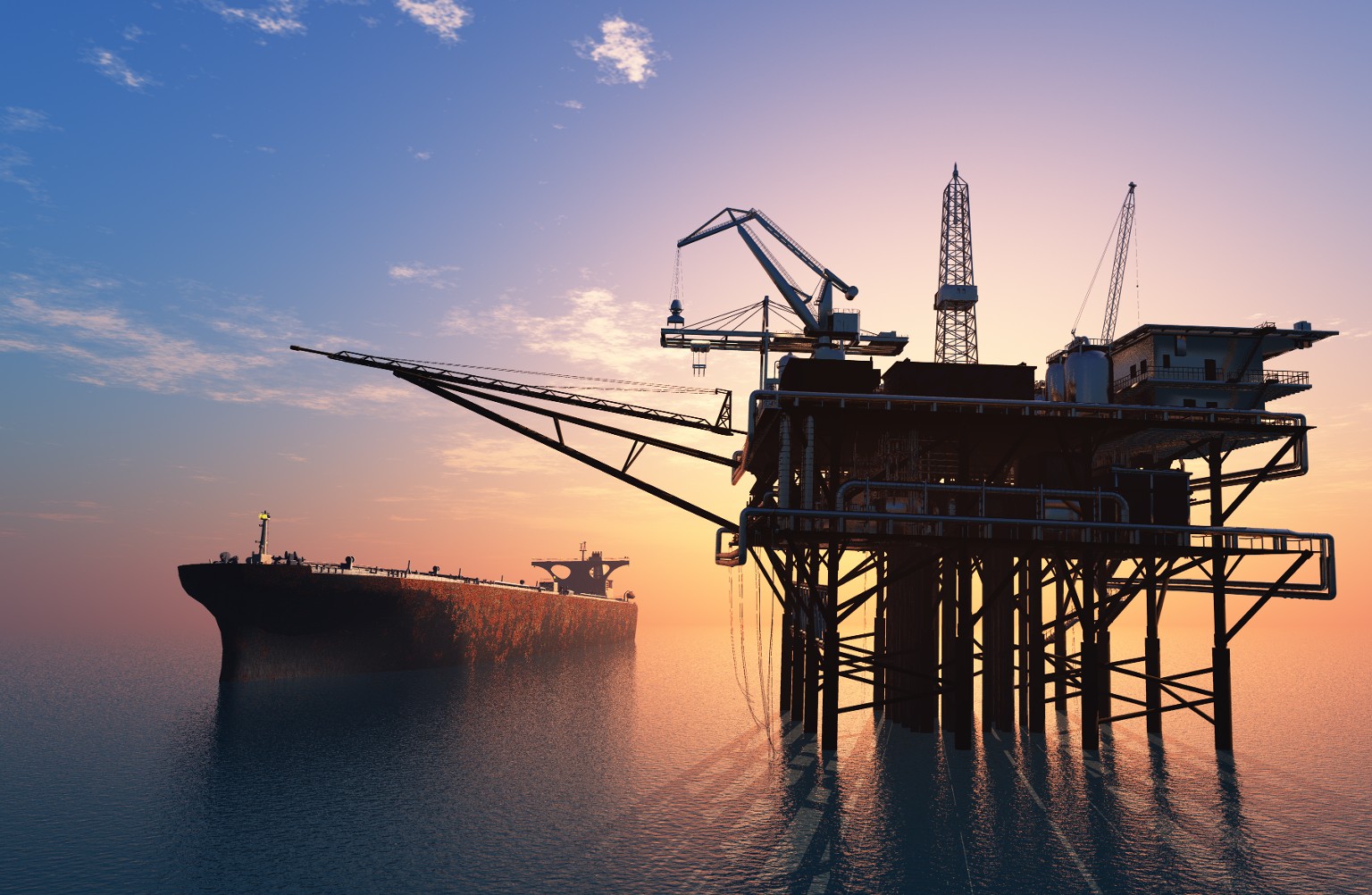Storage, one element that cannot be overstated, is paramount to the success of the international oil trade. There are over 100 million barrels of oil that flow in pipelines, ports, and terminals daily, whereas demand is influenced by geopolitical events, economic shifts, and seasonal cycles.
In the UAE, home to the sixth-largest oil reserves in the world, the Hamriyah Free Zone has emerged as the most critical link in the supply chain for companies that are looking for fast, safe, and cost-savvy storage options.
But what makes this hub special in a competitive market? The answer lies in infrastructure, foresight, and execution in a combination that few can match.
1. Hamriyah Terminal Geographic Location
At this place, location becomes an edge as it is no longer just a term. Hamriyah Terminal stands as a periphery between Europe and Africa as it connects Asia’s thriving economy to the ever-bustling shipping lanes lying in the Arabian Gulf at the heart of it.
This is not a hypothetical expression: vessels that dock here, on average, save 12-18 hours compared to others in the region. That’s a lot of fuel expense and demurrage fees saved. A trader dealing in crude or refined products can have the difference between profit and loss over his head when oil prices tumble at night.
Deep-water berths in this terminal accommodate Ultra-Large Crude Carriers (ULCCs), so there will never be the need for mid-sea transfers, which is a real headache for shallower ports. Direct road access from Sharjah to the Hamriyah Free Zone means that this facility becomes more than a storage location; it is indeed a launch pad for just-in-time deliveries throughout the Middle East.
2. Inside the Valor Terminal Hamriyah
Storage isn’t just about capacity; it’s about integrity. The Valor Terminal Hamriyah, a flagship facility within the free zone, exemplifies this with millions of cubic meters of specialized storage for crude, LNG, and biofuels. Its infrastructure is engineered for resilience: double-walled tanks, leak detection systems, and explosion-proof electrical setups.
For context, these features aren’t just nice to have, they’re industry mandates in regions like the EU and North America, yet rarely enforced as rigorously as they are here.
The terminal also integrates advanced automation. Tank levels and pressures are monitored by AI-enabled sensors around the clock, allowing any potential abnormalities to be flagged for action prior to escalation.
3. The Hamriyah Free Zone:
Let’s face it: bureaucracy is the silent killer of logistics speed. The Hamriyah Free Zone dismantles this barrier with policies tailored for energy companies. Foreign entities enjoy 100% ownership, no local sponsors are required, and pay zero import/export duties on equipment or inventories. Tax exemptions stretch up to 50 years, a stark contrast to the 10–15-year windows typical in other free zones.
But the real game-changer is customs efficiency. Paperless clearance processes, pre-approved licenses, and a 24/7 operational model ensure shipments move in under two hours. For businesses juggling tight delivery windows, this agility is non-negotiable.
4. Cost Efficiency That Actually Adds Value
Storage budgets are often a race to the bottom, but the oil storage facility Hamriyah flips this narrative. Leasing rates here undercut rivals like Jebel Ali by 20–30%, while energy costs, thanks to UAE subsidies, are among the region’s lowest. But the savings go deeper:
- Shared infrastructure: Smaller players access ULCC-capable berths and pipelines without footing the bill for private docks.
- Integrated services: On-site labs for quality testing, blending stations, and direct links to Fujairah’s refining cluster eliminate third-party markups.
This isn’t just about cutting costs, it’s about redirecting capital toward innovation or strategic reserves.
5. Security in a Volatile World
The Middle East’s geopolitical tensions make security a top concern, but the Hamriyah Terminal is built to withstand chaos. Its multi-tiered safeguards include:
- Physical: Gated zones with biometric scanners, 24/7 patrols, and anti-terrorism-certified fencing.
- Digital: Real-time monitoring of operational tech (OT) systems to thwart cyberattacks targeting inventory data.
- Strategic: The UAE’s status as a neutral trade hub insulates clients from regional conflicts.
For companies storing high-value products like aviation fuel or specialty chemicals, this trifecta is insurance against both physical and systemic threats.
6. Future-Proofing:
Valor Terminal Hamriyah appears to be right at the top of the energy transition, not even keeping pace with it. Its recent improvements include the following:
- Hydrogen-ready tanks: A modification of existing infrastructure towards liquid hydrogen storage within the context of UAE’s 2050 net zero initiative.
- Solar-powered operations: Provision of renewable energy for warehouses and offices with the results of further reducing the carbon footprint of clients.
- Modular storage: Flexible tank configurations for biofuels or synthetic fuels depend on the changing demands of the market.
The Bottom Line:
Oil storage facility Hamriyah is not a transaction; it is a partnership for years to come. The Free Trade Zone at Hamriyah offers a very special mix of geographic advantage, regulatory freedom, and foresight into its infrastructure, all within the backing found in the political stability of the United Arab Emirates.



